Obesity





Reviewed by Ricardo Correa, MD, EdD, Clinical Professor of Medicine, Endocrinology Institute, Lerner College of Medicine of CWRU; Endocrinology fellowship director, Cleveland Clinic, Ohio.
Ricardo Correa, MD, EdD, has disclosed the following relevant financial relationships:
Serve(d) as a director, officer, partner, employee, advisor, consultant, or trustee for: American association of clinical endocrinologist; Endocrine fellow foundation; Intealth (ECFMG).





In the United States, the prevalence of obesity substantially increased from 1990 to 2021 among both adults (+123.6% males; +99.9% females) and adolescents (+158.4% males; +185.9% females).1 Among veterans, obesity prevalence estimates vary from about one-quarter to one-half of the population across VHA facilities.2
Entry-level military roles are often recruited from lower-income groups that have higher occupational stress and mental health issues, and limited access to healthy food. Enlisted troops are 38% more likely to be diagnosed with obesity than their officer and civilian counterparts.3
Obesity is frequently underdiagnosed in veteran, active duty, and reserve populations, contributing to delayed treatment and increased risk for comorbidities.4 Obesity related conditions also contribute to higher health care utilization and costs for the Department of Defense and VHA.3
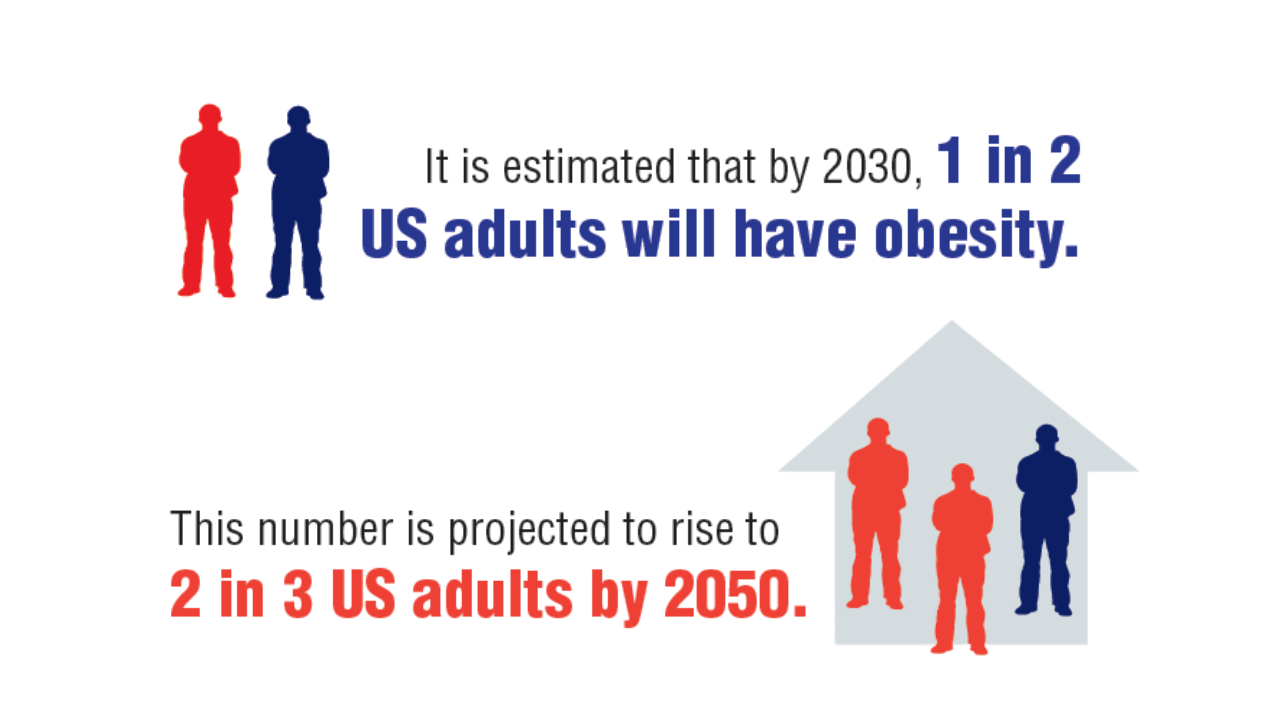 US Obesity Prevalence1,4-7
US Obesity Prevalence1,4-7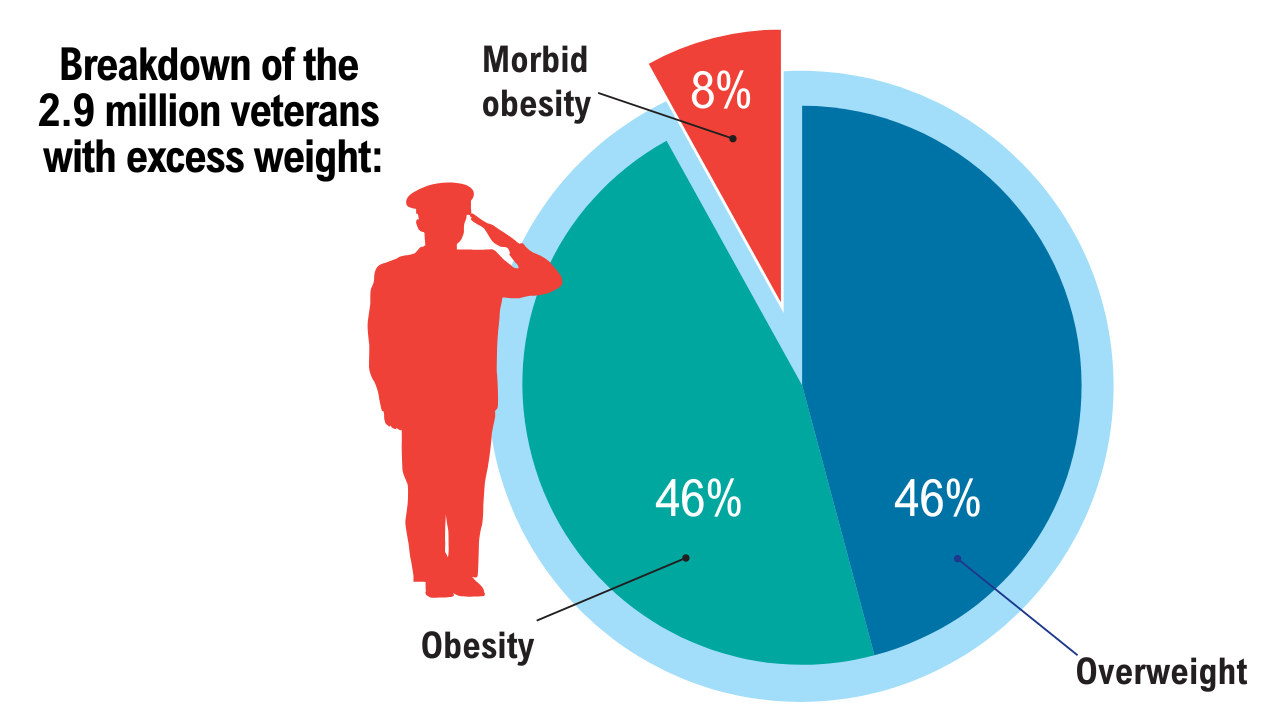 US Obesity Prevalence1,4-7
US Obesity Prevalence1,4-7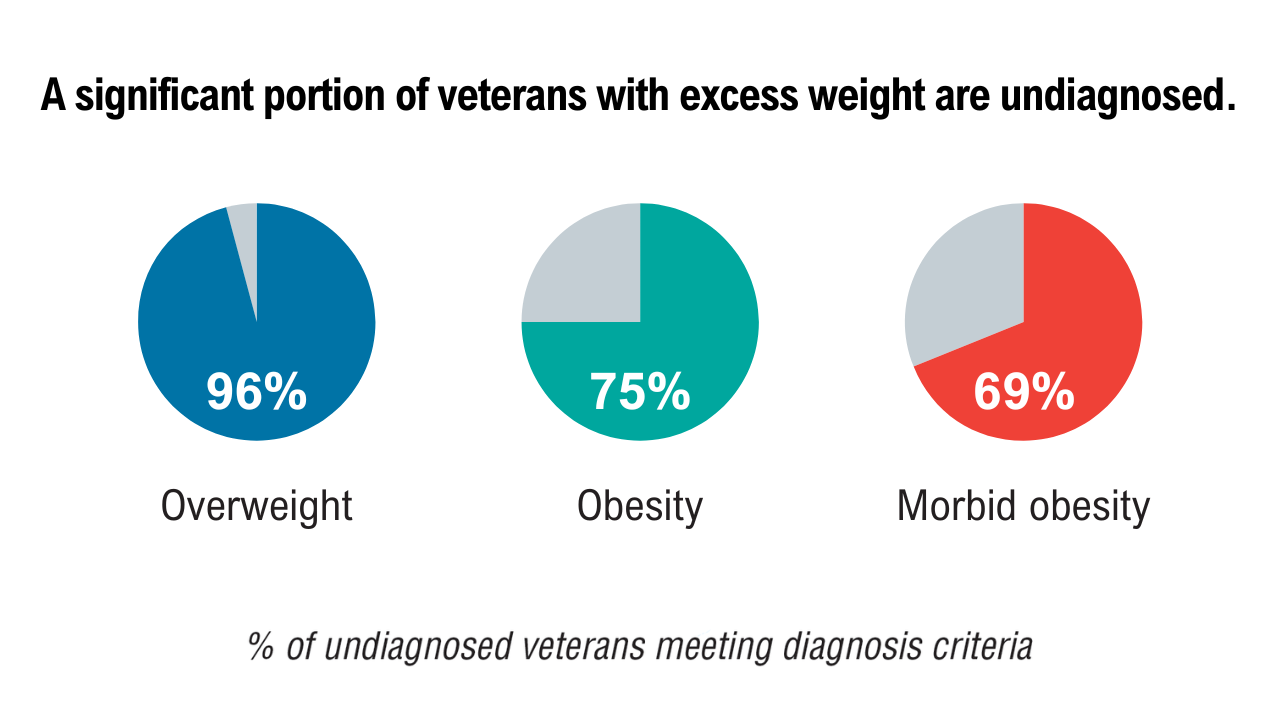 US Obesity Prevalence1,4-7
US Obesity Prevalence1,4-7
12% of active-duty service members meeting obesity criteria are diagnosed. More than 65% of reserve personnel have either clinical overweight or obesity.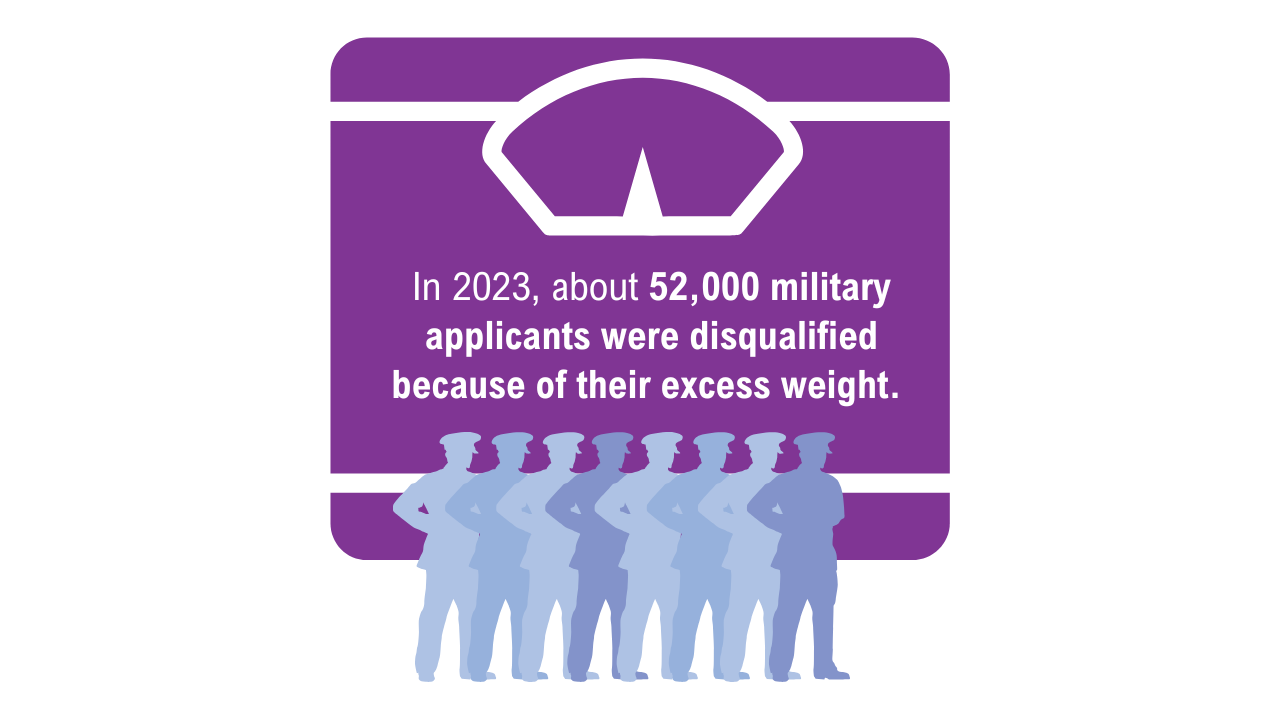 Impact of Overweight/Obesity Epidemic on Active-Duty Service3
Impact of Overweight/Obesity Epidemic on Active-Duty Service3
Service members diagnosed with overweight or obesity leave service an average of 18 months earlier than their peers.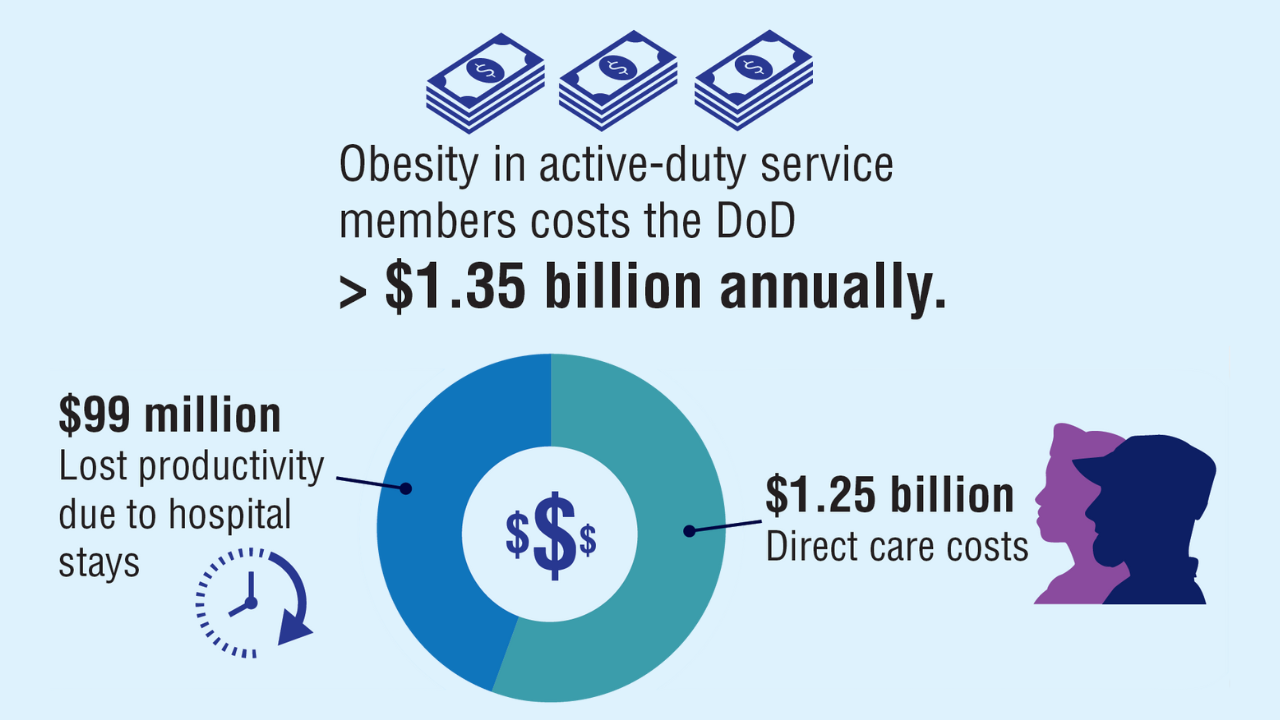 Impact of Overweight/Obesity Epidemic on Active-Duty Service3
Impact of Overweight/Obesity Epidemic on Active-Duty Service3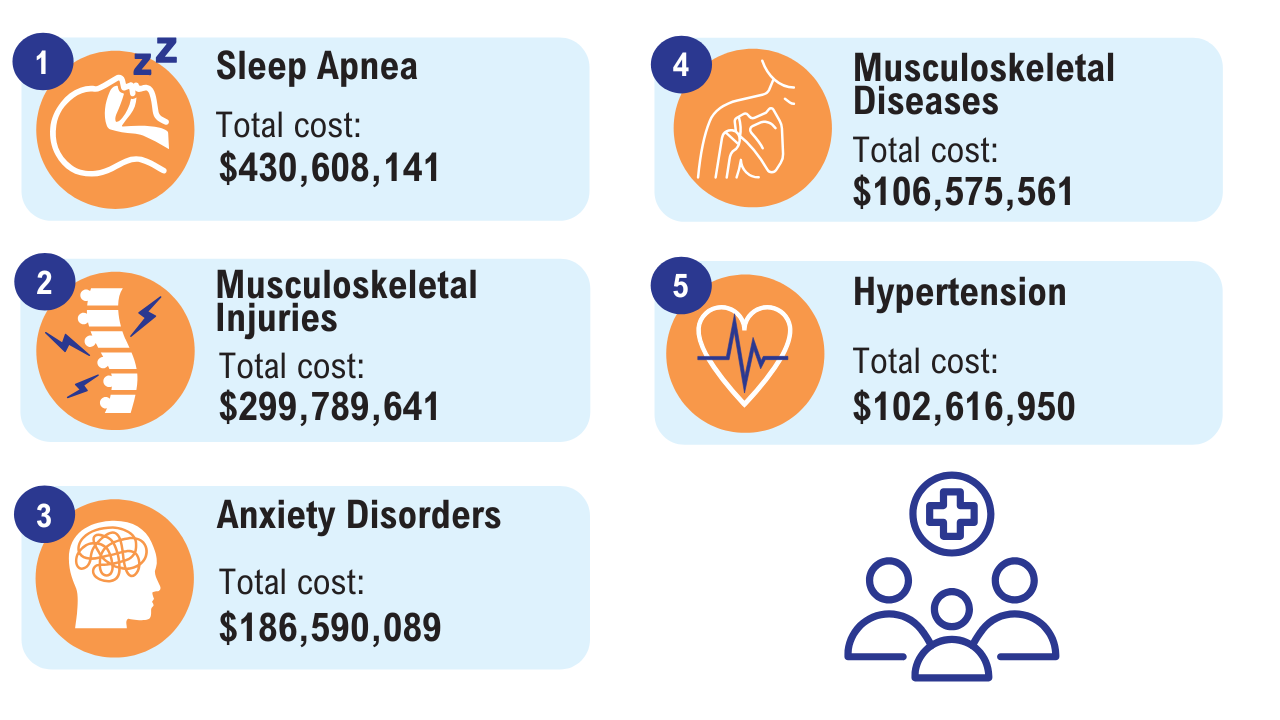 Impact of Overweight/Obesity Epidemic on Active-Duty Service3
Impact of Overweight/Obesity Epidemic on Active-Duty Service3
Obesity Comorbidities and Associated Health Care Costs, 2023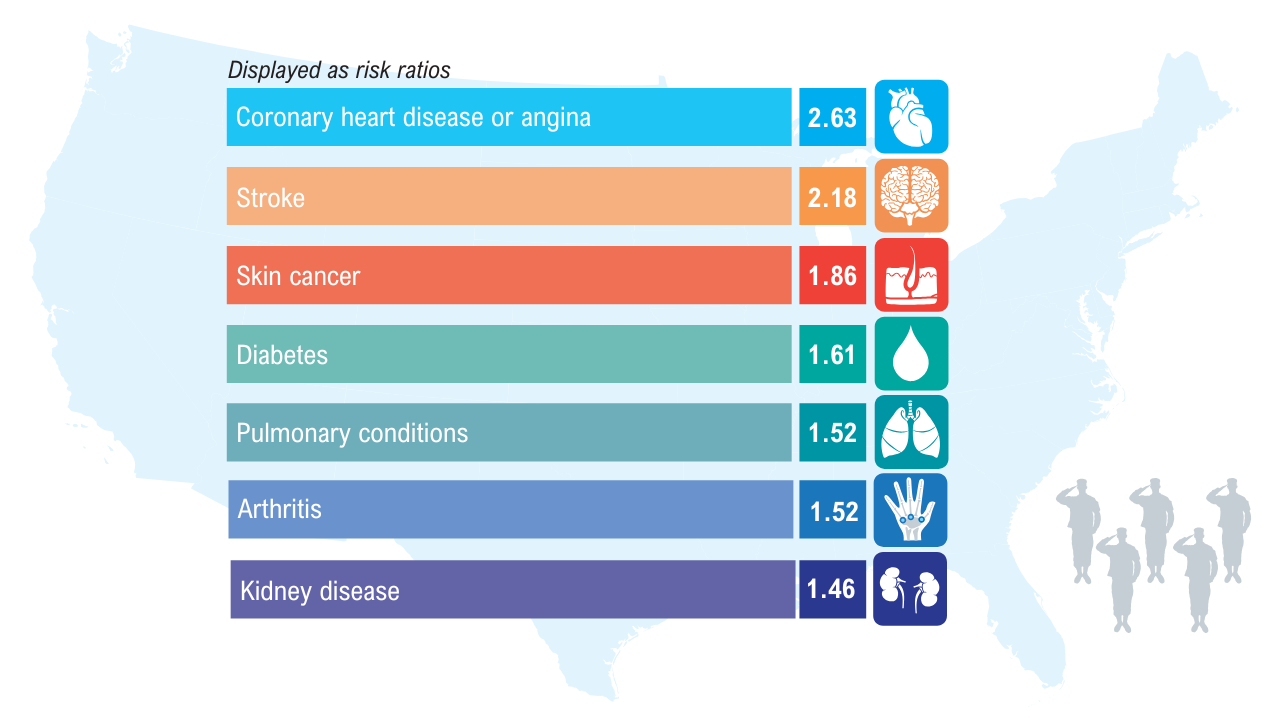 More on Comorbidities: Veterans vs Civilians8
More on Comorbidities: Veterans vs Civilians8
Pulmonary conditions included chronic obstructive pulmonary disease, emphysema, and chronic bronchitis.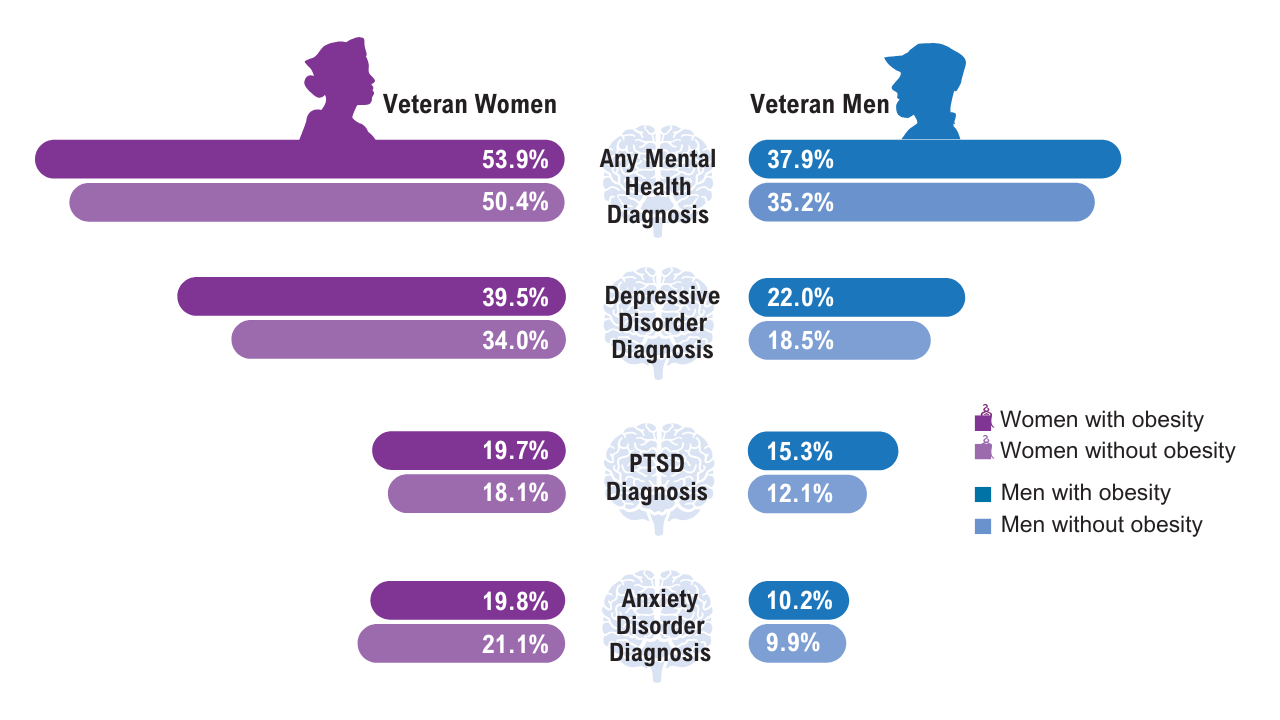 Mental Health Diagnoses in Veterans With Obesity9
Mental Health Diagnoses in Veterans With Obesity9
A study of more than 342,00 veteran women (44.2% with obesity) and 4.5 million veteran men (41.7% obesity) found obesity was associated with a higher mental health burden. Women had higher rates of mental health diagnoses than men. US Obesity Prevalence1,4-7
US Obesity Prevalence1,4-7 US Obesity Prevalence1,4-7
US Obesity Prevalence1,4-7 US Obesity Prevalence1,4-7
US Obesity Prevalence1,4-7
12% of active-duty service members meeting obesity criteria are diagnosed. More than 65% of reserve personnel have either clinical overweight or obesity. Impact of Overweight/Obesity Epidemic on Active-Duty Service3
Impact of Overweight/Obesity Epidemic on Active-Duty Service3
Service members diagnosed with overweight or obesity leave service an average of 18 months earlier than their peers. Impact of Overweight/Obesity Epidemic on Active-Duty Service3
Impact of Overweight/Obesity Epidemic on Active-Duty Service3 Impact of Overweight/Obesity Epidemic on Active-Duty Service3
Impact of Overweight/Obesity Epidemic on Active-Duty Service3
Obesity Comorbidities and Associated Health Care Costs, 2023 More on Comorbidities: Veterans vs Civilians8
More on Comorbidities: Veterans vs Civilians8
Pulmonary conditions included chronic obstructive pulmonary disease, emphysema, and chronic bronchitis. Mental Health Diagnoses in Veterans With Obesity9
Mental Health Diagnoses in Veterans With Obesity9
A study of more than 342,00 veteran women (44.2% with obesity) and 4.5 million veteran men (41.7% obesity) found obesity was associated with a higher mental health burden. Women had higher rates of mental health diagnoses than men. US Obesity Prevalence1,4-7
US Obesity Prevalence1,4-7 US Obesity Prevalence1,4-7
US Obesity Prevalence1,4-7 US Obesity Prevalence1,4-7
US Obesity Prevalence1,4-7
12% of active-duty service members meeting obesity criteria are diagnosed. More than 65% of reserve personnel have either clinical overweight or obesity. Impact of Overweight/Obesity Epidemic on Active-Duty Service3
Impact of Overweight/Obesity Epidemic on Active-Duty Service3
Service members diagnosed with overweight or obesity leave service an average of 18 months earlier than their peers. Impact of Overweight/Obesity Epidemic on Active-Duty Service3
Impact of Overweight/Obesity Epidemic on Active-Duty Service3 Impact of Overweight/Obesity Epidemic on Active-Duty Service3
Impact of Overweight/Obesity Epidemic on Active-Duty Service3
Obesity Comorbidities and Associated Health Care Costs, 2023 More on Comorbidities: Veterans vs Civilians8
More on Comorbidities: Veterans vs Civilians8
Pulmonary conditions included chronic obstructive pulmonary disease, emphysema, and chronic bronchitis. Mental Health Diagnoses in Veterans With Obesity9
Mental Health Diagnoses in Veterans With Obesity9
A study of more than 342,00 veteran women (44.2% with obesity) and 4.5 million veteran men (41.7% obesity) found obesity was associated with a higher mental health burden. Women had higher rates of mental health diagnoses than men.
Click here to view more from Federal Health Care Data Trends 2025.
,false